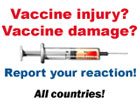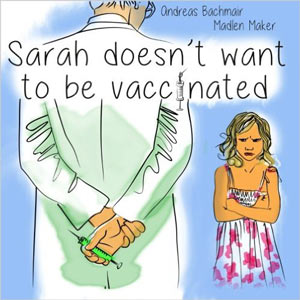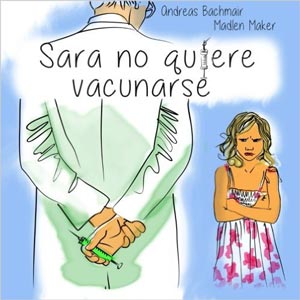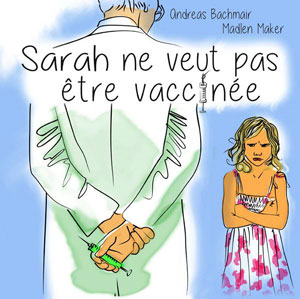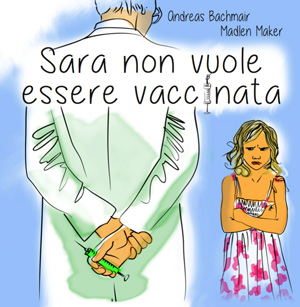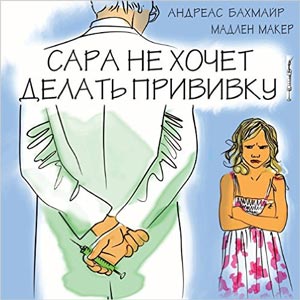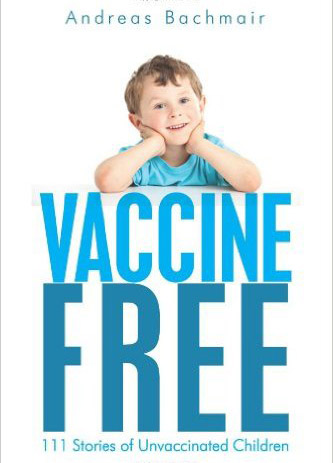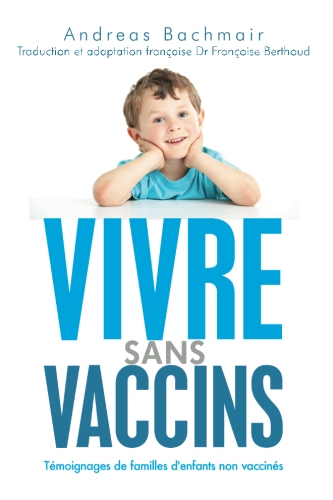Hexavalent Vaccination
The Sixfold (also known as 6-way) vaccine is now the "standard" in the routine childhood vaccines. The argument is that by the means of combination of the different viral vaccines it greatly reduces the injections. The children no longer get 6 x 3 / 4 vaccinations but only 3 or 4 vaccine doses.
The vaccine now has up to 6 different pathogens and becomes problematic within the phenomena of diseases, which are actually to be prevented through vaccinations, in its core at the same time. Children, for example, are not susceptible at the same time, in regards to measles, mumps and rubella. This is certainly possible one by one, but not in simultaneous manner. The immune system of the body is set up so that when it is infected by viruses interferon’s, which are able to warn other cells of the body "so that these variables are not the same and other viruses can be attacked. There are illnesses that may bypass this mechanism, with the classic childhood diseases we practically find a simultaneous affection of two different diseases. There therefore raises the question of whether a sufficient immunity by more fold vaccines can be reached here at all. It is well known that the immunity after previous illnesses is greater than after a vaccination. Patients have to weigh out a false sense of security because they think they have sufficiently high vaccination coverage using more fold vaccines.
By the simultaneous administration of multiple vaccines, especially live vaccines (also considering the risk) that it may cause an induced immune system to a persistence of a virus in the body without eliciting the vaccine an immune response. This virus can then possibly lead later to a chronic disease.
Hexavac and Infanrix hexa
By early 2006, there were two approved 6-way vaccines on the market: Hexavac and Infanrix hexa. Hexavac was recalled from the market because of its alleged protection against hepatitis B had been proven to be inadequate. In connection with the administration of Hexavac there had also been a number of deaths.
Now there is only Infanrix hexa. This vaccine in a leaflet lists the following side effects:
Very often: local Reaction (Pain, redness, swelling), fever, loss of appetite, fatigue, irritability,
Frequent: uncommon crying, disturbances, diarrhea, enteritis, gastroenteritis, viral infection., Moniliasis, otitis media, infection. d. upper respiratory infections, bronchitis, coughs, colds, pharyngitis, rash, dermatitis, conjunctivitis,
Sometimes: Fatigue, abdominal pain, vomiting, constipation, somnolence, infection., Bronchospasm, laryngitis, wheezing, eczema, very rare allerg. React., Anaphylactic. React., Seizures, collapse, shock like or such condition.
The problem is especially the irritability, often uncommon. Screaming, bodily unrest, as they are of neurological origin, ergo: can be caused by a disease of the central nervous system. A long-term damage cannot be ruled out.


